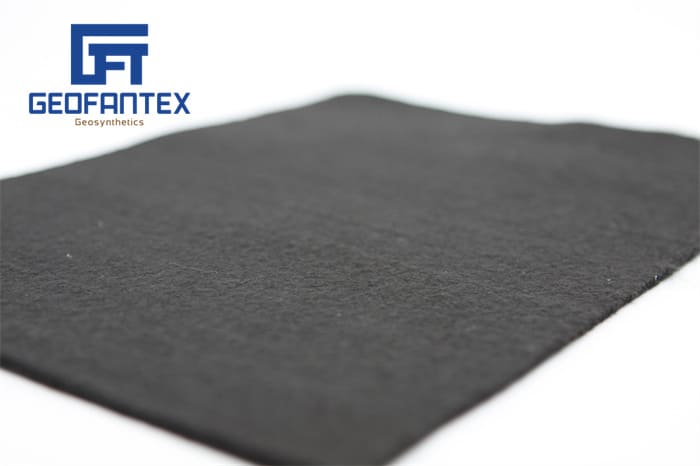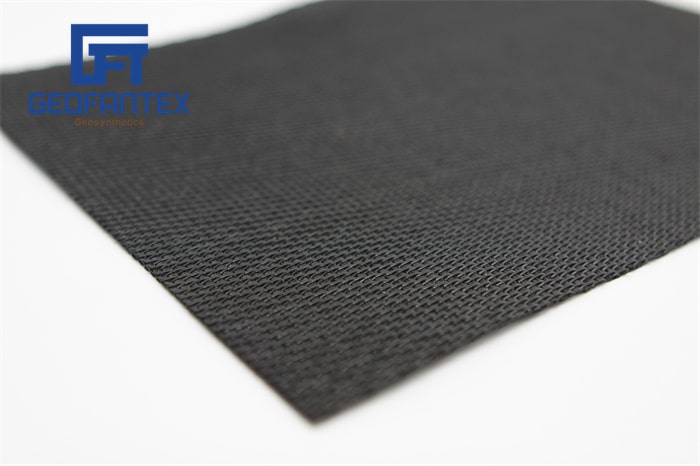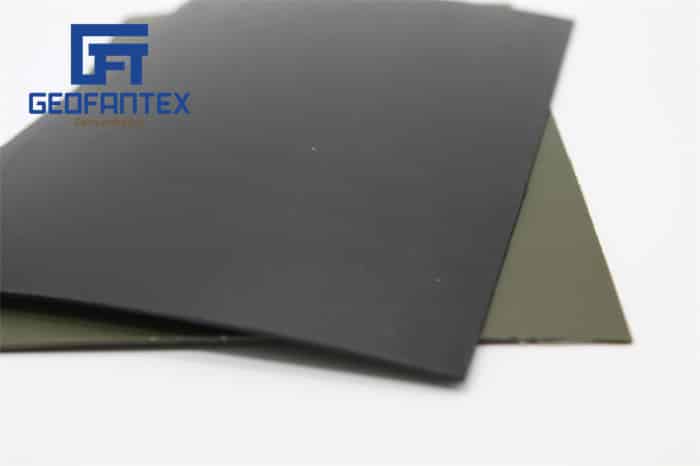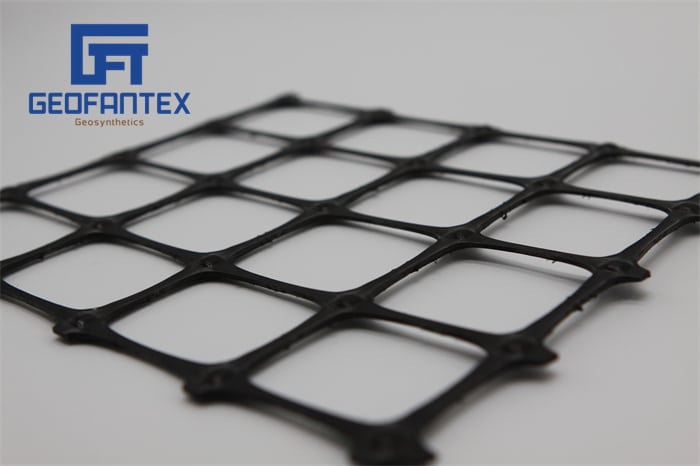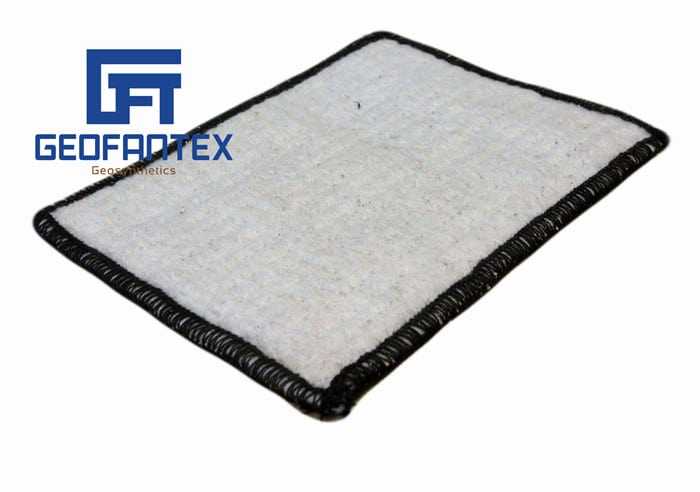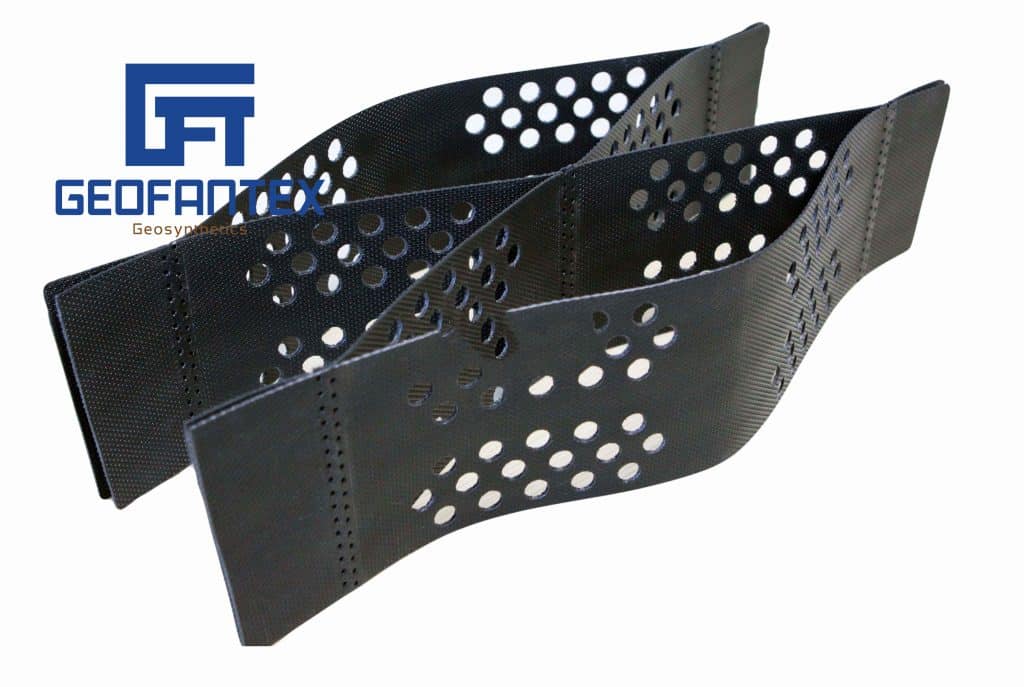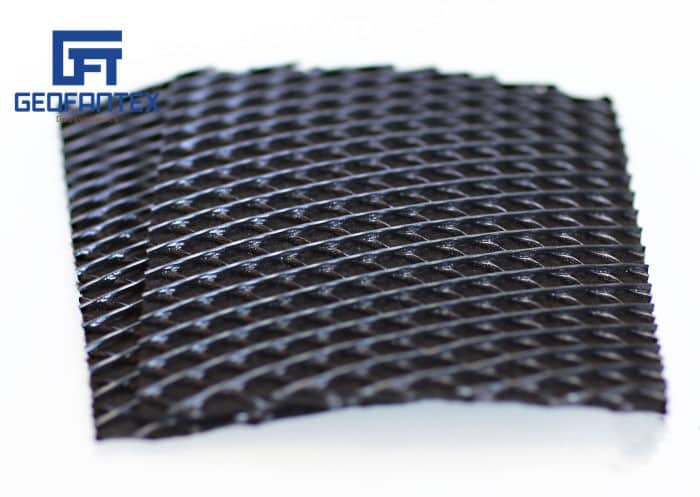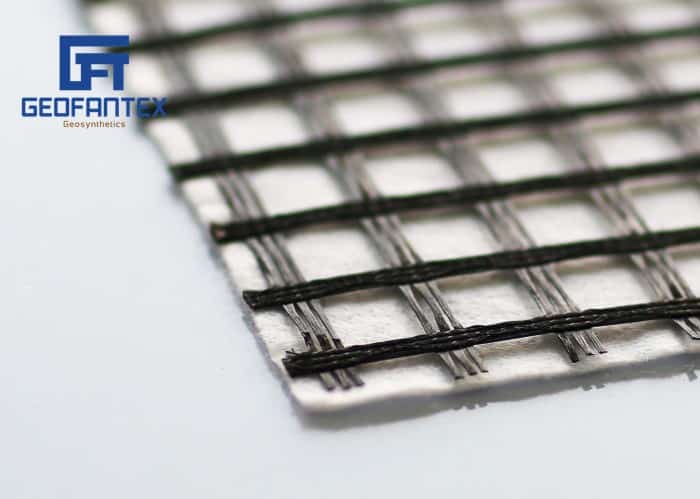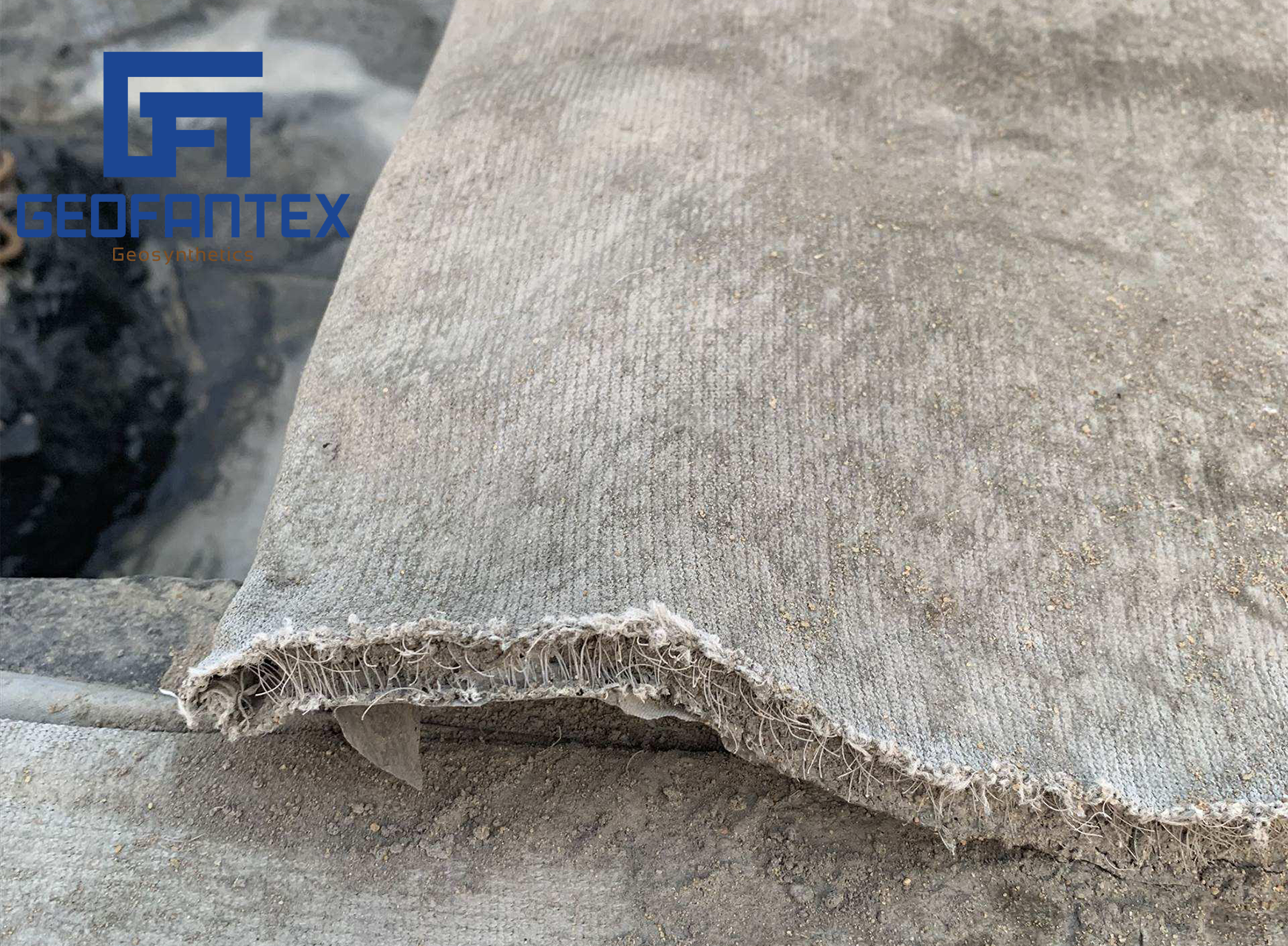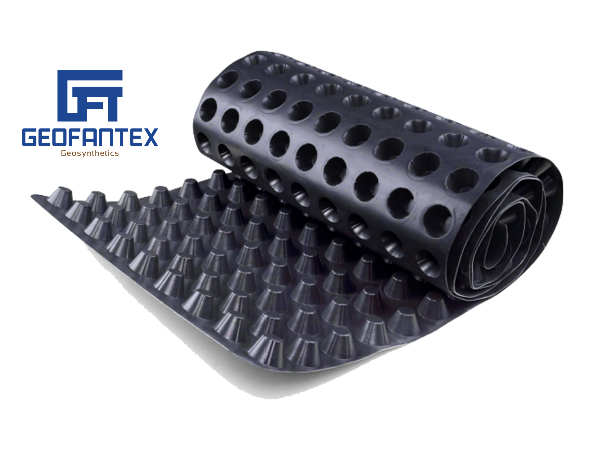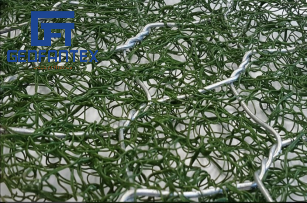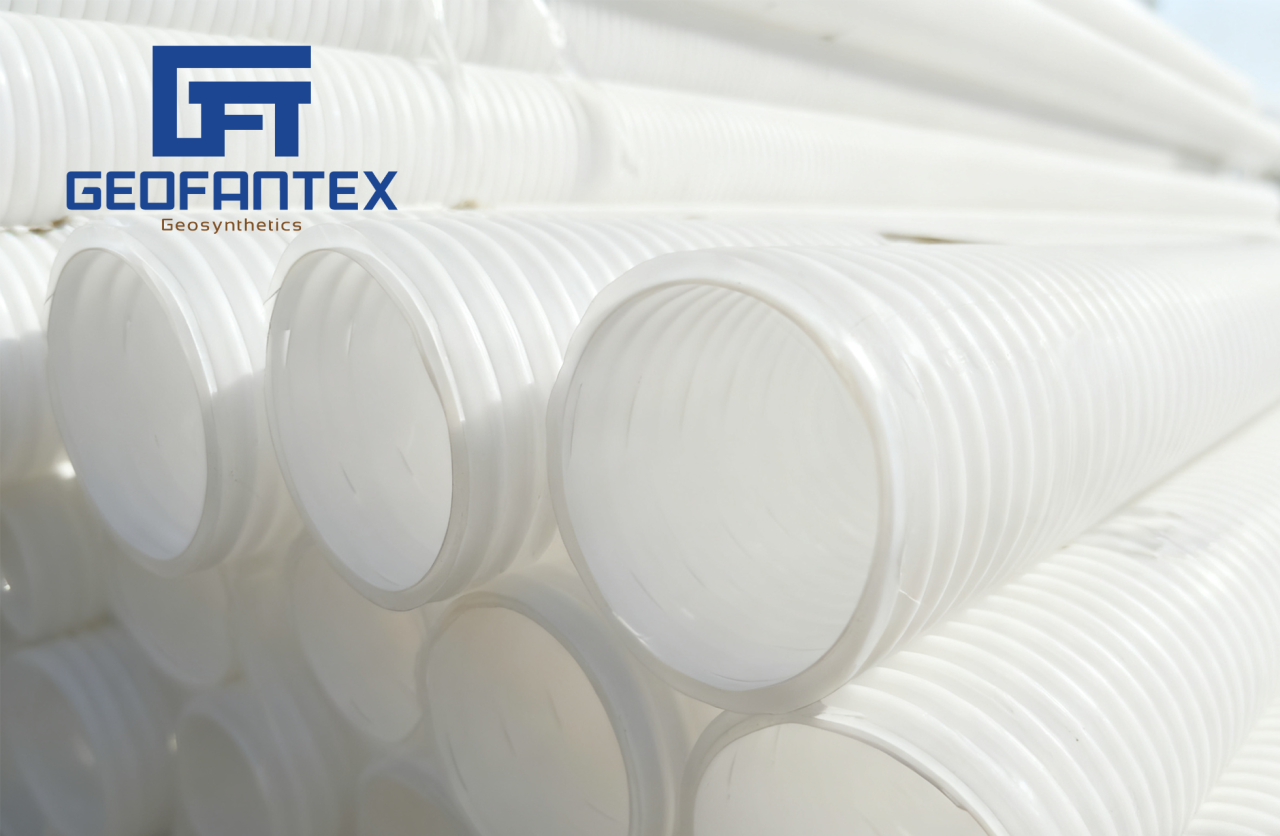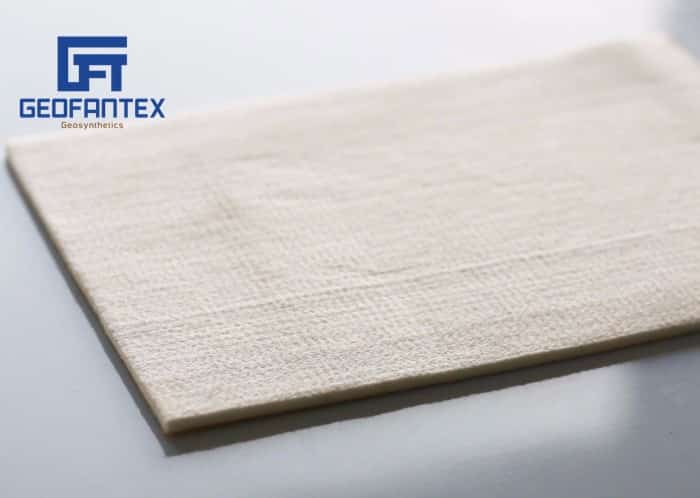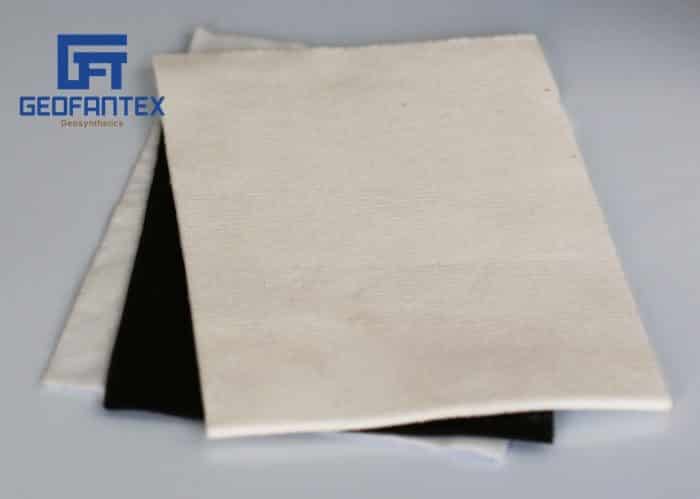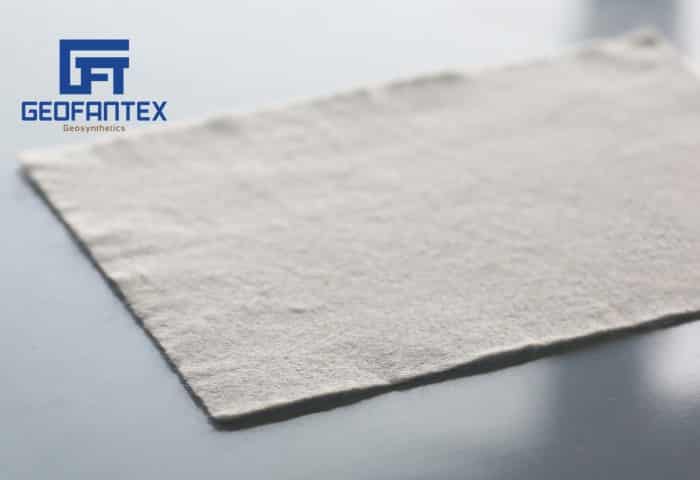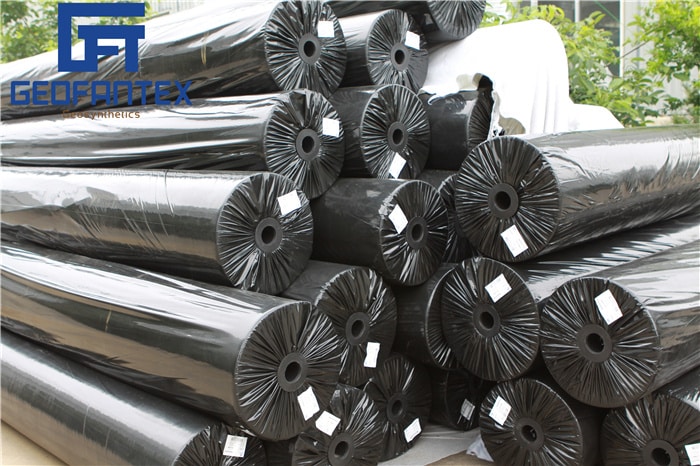+86-159 9860 6917
info@geofantex.com
geofantex@gmail.com
+86-400-8266163-44899
Geosynthetics play a crucial role in modern construction and civil engineering, but what functions do geosynthetics have? This question is central to understanding their diverse applications in stabilizing soils, enhancing drainage, and improving structural integrity. In this article, we will dive into the various functions and benefits of geosynthetics, and explore how they are tested and evaluated.
How Do You Test for Geotextiles?
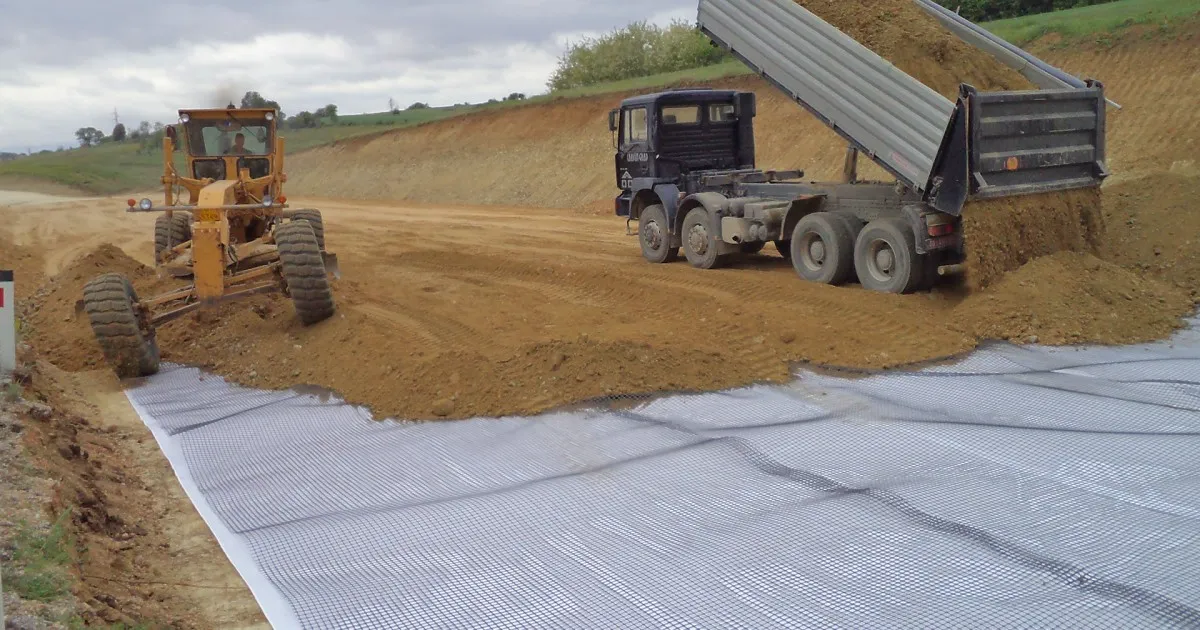
Geotextiles are essential components used for reinforcement and filtration in geosynthetic applications. To determine their effectiveness, several tests are conducted to evaluate their strength, permeability, and durability. Some of the most common tests include the tensile strength test, permeability test, and puncture resistance test. These tests ensure that the geotextiles perform effectively in real-world conditions.
How Do Geosynthetics Contribute to Soil Stabilization?
Geosynthetics play a significant role in soil stabilization by providing reinforcement and improving load-bearing capacity. This function is especially important in areas prone to erosion or unstable soil conditions. Geogrids, for example, are widely used to strengthen soil structures and prevent settling or shifting. By improving soil stability, geosynthetics contribute to safer, more durable infrastructure.
What Are the Drainage Functions of Geosynthetics?
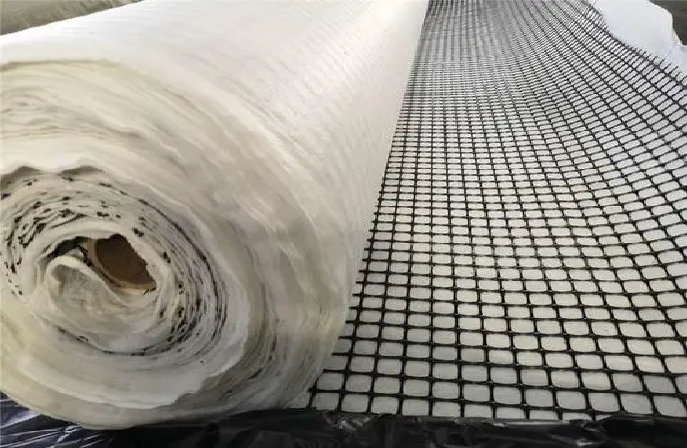
One of the key functions of geosynthetics is their ability to manage water flow and enhance drainage systems. Geotextiles and drainage composites are often used in applications such as retaining walls, roadbeds, and landfill linings to control water movement. By allowing water to pass through while preventing soil particles from escaping, these materials maintain structural integrity and prevent water-related damage.
How Are Geosynthetics Used in Erosion Control?
Erosion control is another vital function of geosynthetics. Materials such as geotextiles, geomatics, and erosion control blankets are commonly used to stabilize soil and reduce surface erosion caused by wind and water. These geosynthetics provide a protective layer that supports vegetation growth, which further helps reinforce soil and prevent erosion over time.
In summary, what functions do geosynthetics have? They serve a wide range of critical roles in modern construction and civil engineering. From soil stabilization to drainage management and erosion control, geosynthetics are indispensable for ensuring the longevity and safety of infrastructure. Understanding these functions helps engineers and construction professionals make informed decisions about their application, leading to more sustainable and efficient projects.
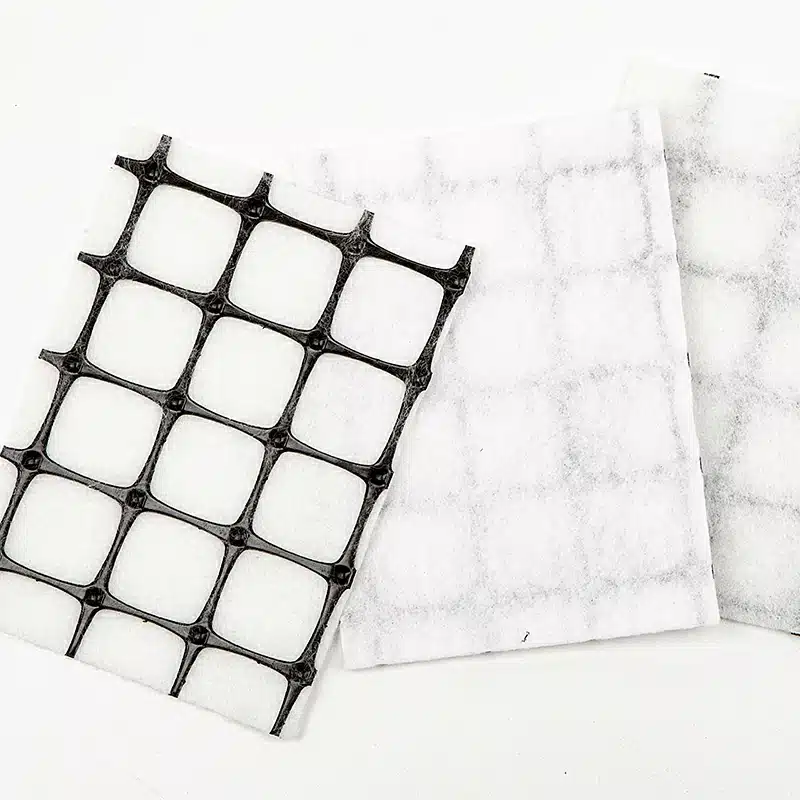
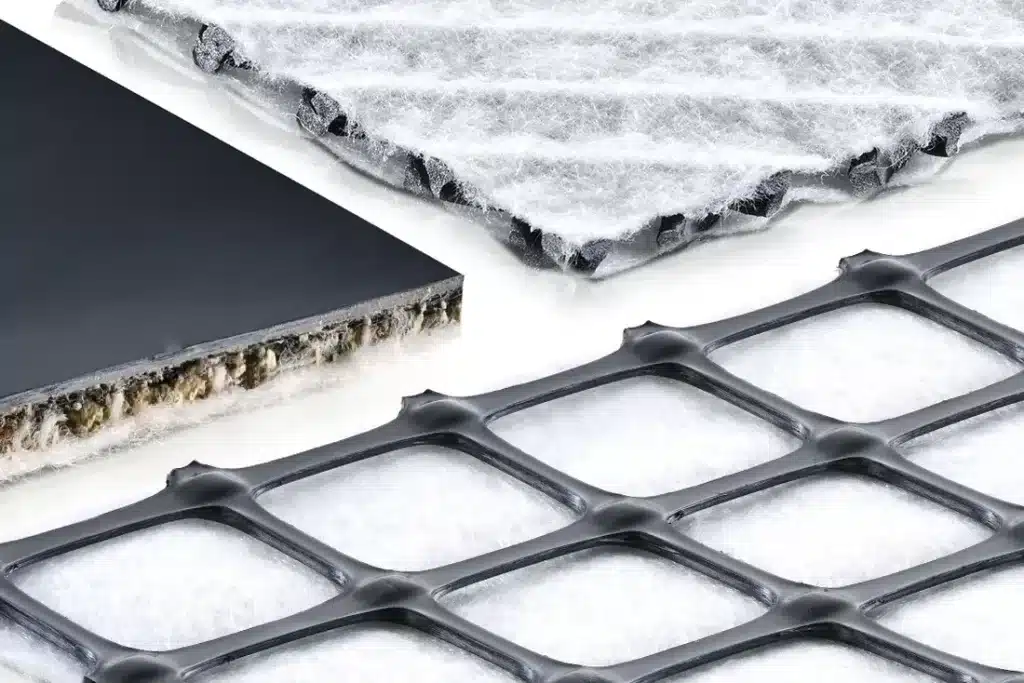
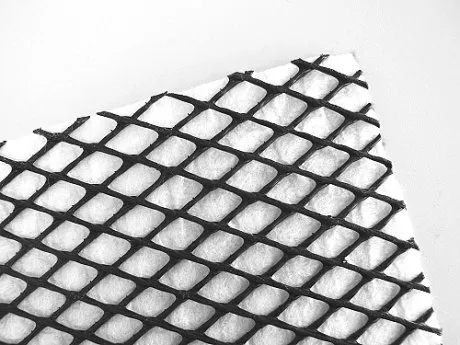
Get Free Sample
We’ll respond as soon as possible(within 12 hours)

